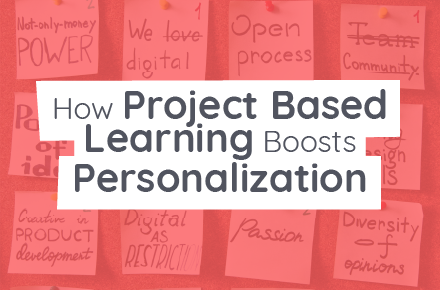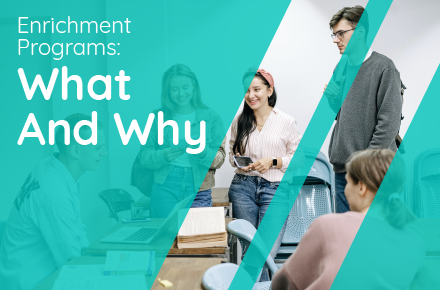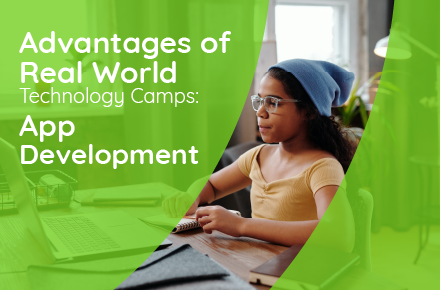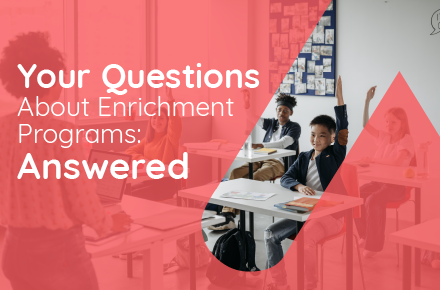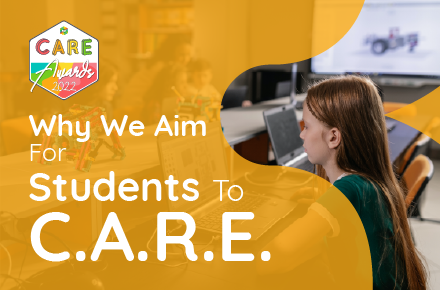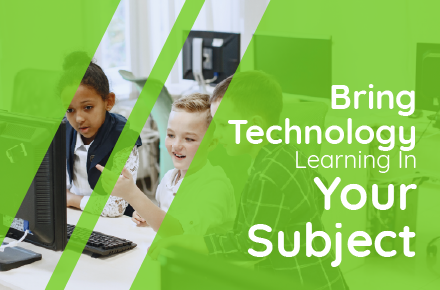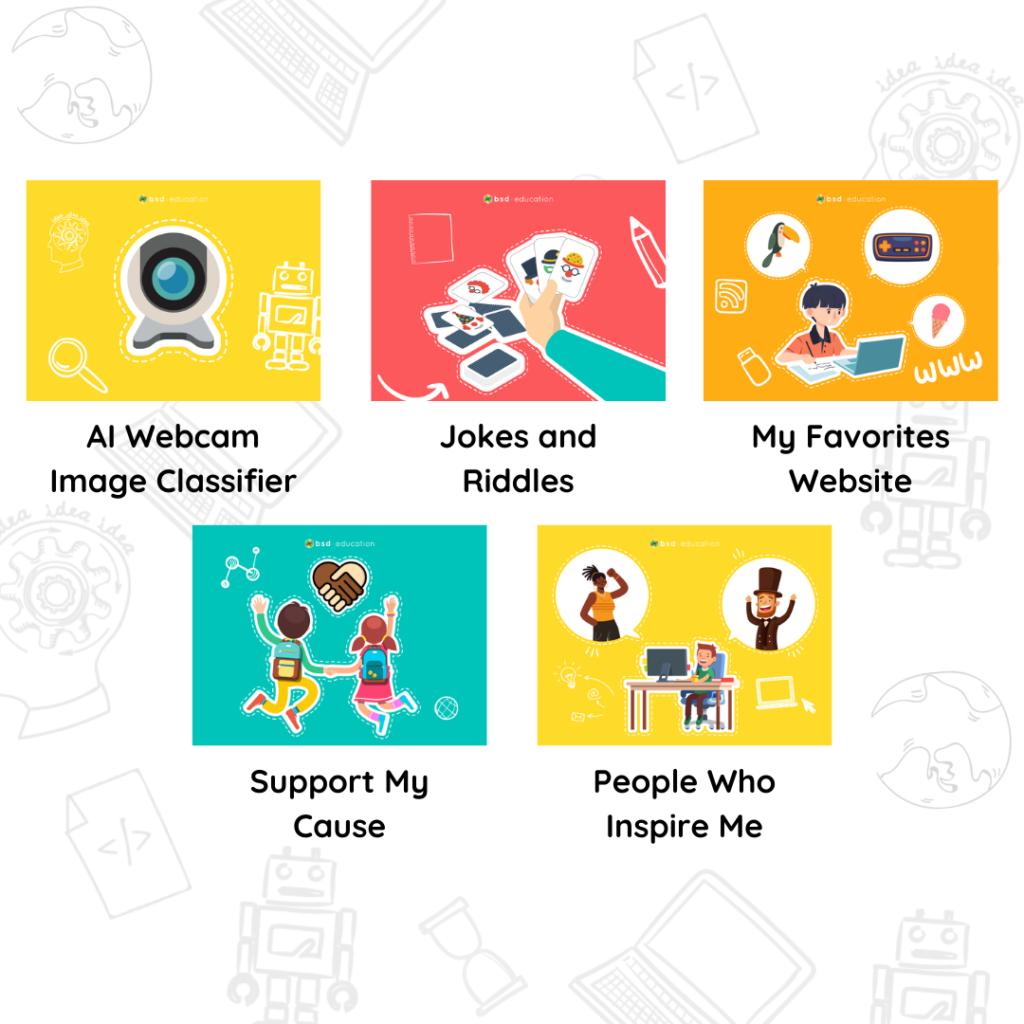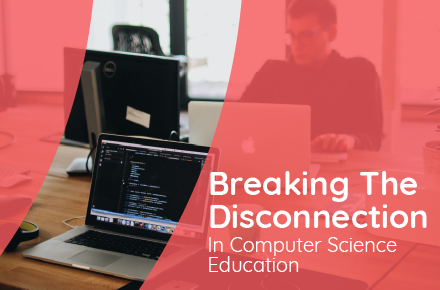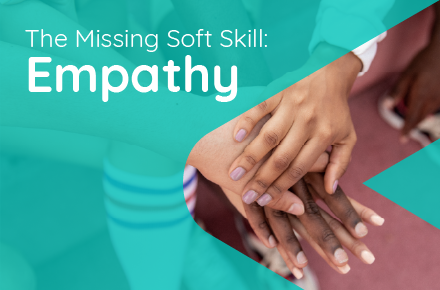Technology camps are a creative and inspiring way to expose children to a variety of real-world skills that will benefit them in the future. Not only will they be learning something new, but technology camps also allow children to explore areas of interest that they may not have experienced at home or at school.
In our current digital era, people of all ages use apps every day intrinsic to their ways of life in their daily lives. However, what is an app exactly? Why do people choose to build apps instead of websites? What does it take to build an app? What makes an app “great”? These are all questions that kids will have the opportunity to explore by attending App Development Camps.
Beyond simply learning how to code, creating a mobile app also encourages children to foster skills in a variety of areas. This includes tech-related skills such as programming, UX (user experience) design, UI (user interface) design, and soft skills such as creativity, resilience, computational thinking, and communication.
Let’s take a look at some of the real-world skills your child will learn if he/she/they enroll for an App Development Camp:
Coding
To build an app, students will learn to code using languages such as HTML, CSS, JavaScript, as well as using coding “libraries” and “frameworks” (these are large bodies of code create by teams of professionals to make complicated but frequently used things we want to create easier and faster to build). Learning how to code teaches kids computational thinking, adaptability, organization, and also how to be focused and thorough when completing tasks – that’s because one small error in your coding syntax might cause a bug in your app!
Problem-solving
Throughout the process of building their app, children will encounter challenges such as their code not working, not knowing how to make their code perform a specific action, or not understanding specific parts of their code. This means that they will have to devise different solutions, whether that’s collaborating with their peers, researching online, or figuring out how to synthesize the coding syntax that they’ve learned to test a different approach.
Fosters empathy
Deciding to create an app means that developers must place themselves in the shoes of their users, and adopt a variety of perspectives. Developers must consider a number of questions, such as: “Will my app be easy to use?”, “Why will people want to use my app?”, “Who will want to use my app?” and “What problem(s) will my app help solve?”. The success of an app depends on the experience of its users, and kids will learn that app development is not about creating an app for themselves, but rather, apps can be solution and community-driven, and are built to solve problems and help others.
Communication
At the end of a BSD App Development Camp, all the kids are required to present their app – what they built, why they built it, and how they built it. Not only does this allow them to reflect on their entire camp experience as a whole, but presentations help build confidence by showcasing their hard work, improve their public speaking skills, and demonstrate to them that their work is valued and recognized.
Technology is ingrained in nearly every aspect of our lives today. Learning to build apps is a fun, engaging, and unique activity that exposes children to a variety of disciplines empowers them with digital skills required to succeed in the future and deepens their understanding of the world around them. They are able to socialize and make new friends in a fun and collaborative environment and create an app that they can take home to show their friends and family that might even solve a problem for their community, or be a unique portfolio piece for a school, college, internship or job application in the future.
If you are interested in bringing our App Development Camps into your schools, let us know by contacting us here.

